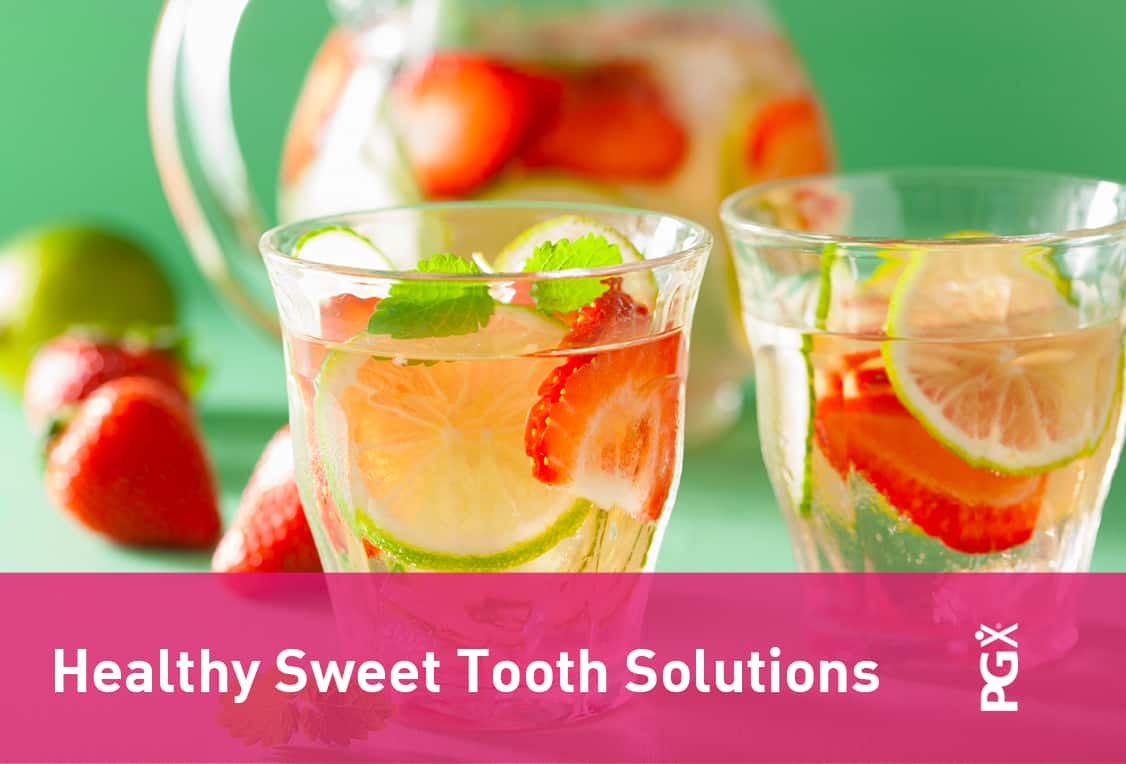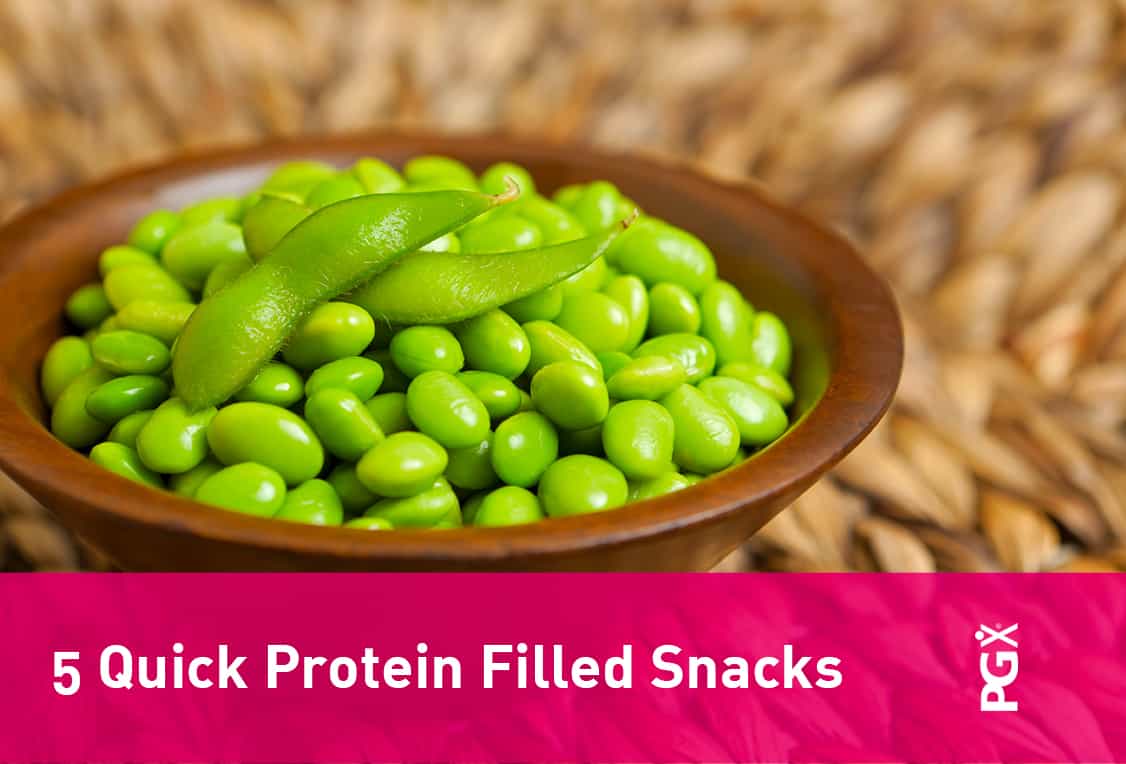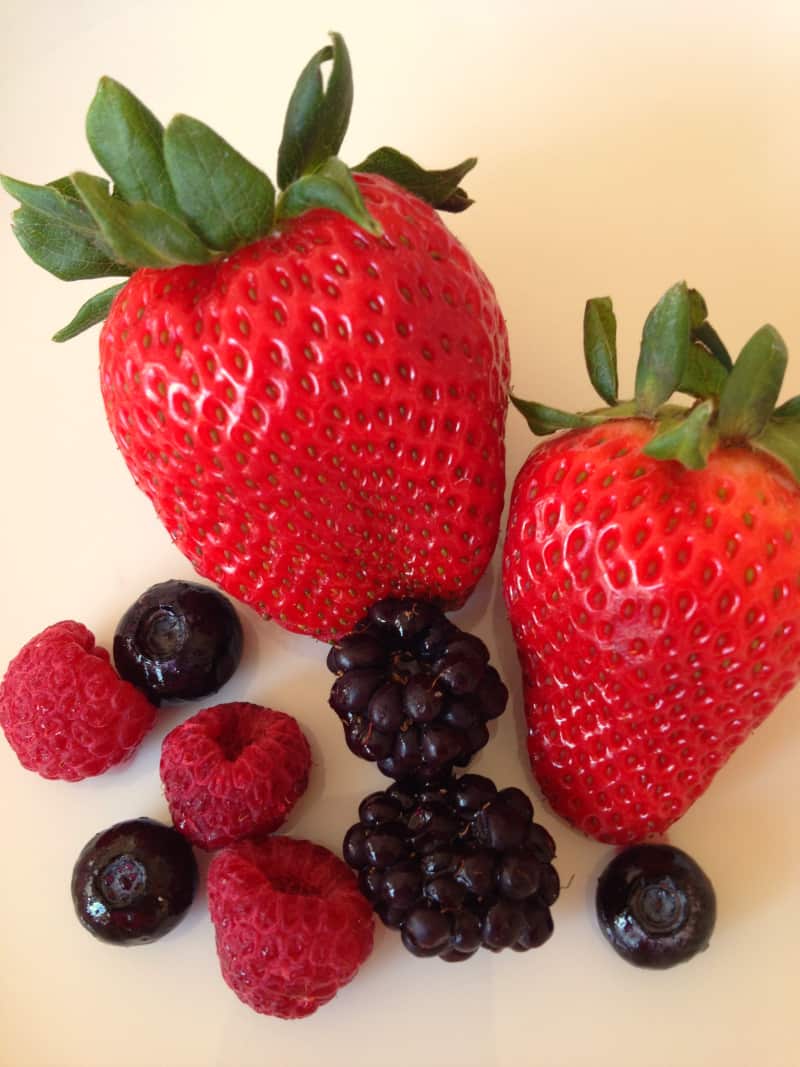Balancing Your Life: Tips for Lightening the Load
Coco Chanel is famous (among other things) for her fashion advice – especially this gem: “Before you leave the house, look in the mirror and take one thing off.” Coco, of course, was talking accessories, but her approach to getting dressed is rooted in philosophies of mindfulness and minimalism that can have far-reaching benefits in your life. In our busy culture, where overwork and overindulgence are supposed hallmarks of success, getting a few things off your plate, both literal and metaphorical, works wonders in bringing balance to your life.
Here are some signs you’ve taken on too much – and tips for lightening your load:
Occasional Fatigue
You’re tired. And not just long day at work plus the gym tired. This kind of fatigue isn’t cured by a latte or a good night’s sleep. No matter what you do, you don’t have the energy you used to. In the mornings, you’re groggy, and in the evenings, you’re too tired to socialise, exercise, or any other –cise.
Diet
You might have undiagnosed food sensitivities – wheat is often a culprit – and switching up your diet might give return that spark you’ve been missing. Eating too much can also make you feel sluggish and sleepy. Try a light elimination diet, where you avoid wheat and/or sugar for a week. Add in lots of fresh fruits & veggies and whole grains for a nutrient boost.
Lifestyle
Do you have too many commitments and not enough time for yourself? It might be time to start saying no. Prioritize work and social activities in terms of “must do”, “nice to have”, and “not necessary”. Say yes to the “must do’s”, of course, but find ways to ease up on the “nice to have’s”, and cut out as many “not necessaries” as you can.
We often commit to too many things in advance (like those three weddings in one week this summer that didn’t seem like too much to handle when you RSVP’d). Ask yourself – if this project or event were happening this week, could you handle it?
Occasional Sleeplessness
If you find your mind racing at night, obsessing over your to-do list for the next day, it’s time to find an outlet. Sacrificing a good night’s sleep for worry will only leave you more stressed.
Diet
Caffeine could be keeping you wired, so steer clear, at least post0-lunch. A shot of espresso after noon can still affect you come bedtime. If you feel your day dragging, try water or a light snack with protein. Chocolate lovers aren’t off the hook either – your favorite dessert does have enough caffeine to impact your sleep. If you need something sweet before bed, try a small bowl of granola.
Lifestyle
Here’s another chance to follow Coco’s advice and go minimal. Try to clear your schedule of nonessential tasks (easier said than done, we know). You might also find solace in creating a written to-do list and crossing off your achievements. The sense of accomplishment might be enough to quiet your mind.
Although this can seem overwhelming to someone who is already stretched thin, adding exercise and a calming deep breathing routine in the evenings will help you relax before bed.
Lackluster Skin and Hair
Have you noticed your hair doesn’t have the glossy shine it once did? Does your skin look dull or feel dry and irritated? Stress can put increased nutritional demands on your body; coupled with yo-yo dieting or a plate heavy on the processed foods, your skin and hair may not be getting the nutrients they need.
Diet
Swap the processed foods on your plate for fruits and veggies that are high in antioxidants. Vitamin A or beta carotene are requirements for normal growth and development of skin cells: try noshing on carrots, sweet potatoes, yams, winter squash, broccoli, spinach, peaches, and watermelon, just to name a few.
Vitamin C is another key vitamin for skin health. It increases production of collagen, which can help overall skin appearance. Add plenty of berries (especially strawberries), red peppers, dark, leafy greens, kiwi fruit, and of course oranges, to your daily routine. A vitamin C supplement can help ensure that you get optimal amounts of this skin health nutrient.
When it comes to shampoo-commercial worthy hair, choose biotin-rich foods such as salmon, eggs, avocado, peanuts, and almonds.
Lifestyle
Your hair and skin needs more of two things – water and sleep – and less of one thing: stress. Managing your stress levels will set the stage for radiant skin and hair. First and foremost, make sleep a priority. Getting the rest you need will help your body cope better with the day-to-day stress of busy life.
Just a few small changes in your diet and lifestyle can take your stress levels from overwhelming to smooth sailing. Just take it one step at a time, and visit us on Facebook and Twitter for more tips on healthy living!











